- Call us: 01444 237070
- Contact Us
- Stores
- Sign In / Register
-
- Back
- Used Cameras
- Used Accessories
- Used Lenses
- Used Video
- Used Film Equipment
- Used Stock Alert
- Used Blank Test
- Sell or Part Exchange
- Used Clearance
- Recently Added Used Equipment
- Park Picks
- All Used Black Friday Deals
- Faulty
- Trade-In
- Blog
- New in
- Call us
- Contact us
- Stores
- Sign in
- Categories
- Tips & Inspiration
- Reviews
- News
- Events
- Features
- Buying Guides
- Competitions
Photographing African Wildlife with Sony RX10 III
I suspect that when most of us think about photographing endangered wildlife species across Africa, we think you’ll need several large camera bags and hard cases full of expensive camera gear – huge 800mm lenses, several top-of-the-range DSLRs all packed in with dozens of lenses, a laptop, hard drives, and other photography paraphernalia. All of which will be lugged in the back of a Land Rover across the orange sands of Namibia.
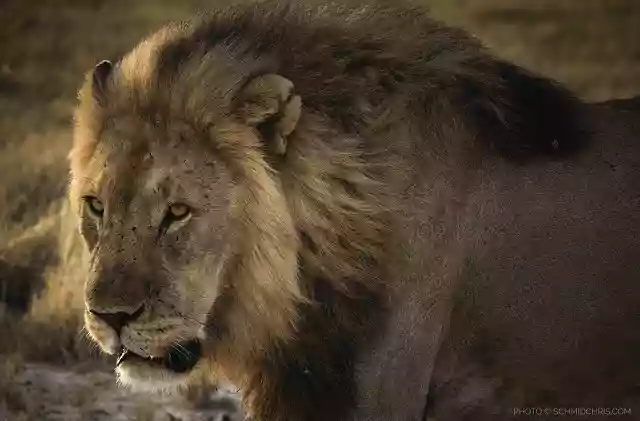
What probably doesn’t cross our minds is to use a Sony bridge camera instead of (or alongside) the Land Rover full of camera gear. A bridge camera is a digital camera that occupies the territory between a compact camera and a DSLR. They feature a fixed zoom lens that ranges from a fairly wide-angle shot to a long telephoto, as well as usually having DSLR-esque characteristics such as a deep hand grip for a secure hold, a pop-up flash on the top of the camera, or a pentaprism-styled top half of the camera body. Bridge cameras pack all the latest features into a compact, lightweight and powerful camera, including high ISO performance, image stabilisation, 4K video recording, high resolution sensors, and high speed continuous shooting.
However, for professional wildlife photographer Chris Schmid, that was the exact challenge that Sony gave him.
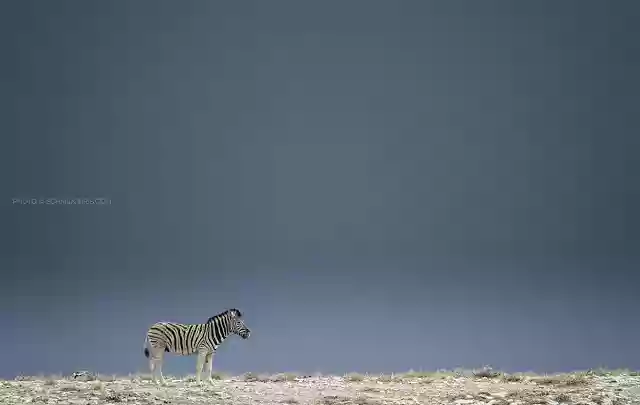
Alongside his top level pro gear, Chris was given a Sony RX10 Mark III and sent off on his travels to Estosha, Namibia to continue working on his documentary photography project about endangered species of wildlife across Africa, titled “The African Survivors”.
We caught up with Chris after his adventure to see how the RX10 III coped in these tough shooting environments.
Park Cameras: Hi Chris, thanks for chatting to us. What gear were you using before Sony sent you off with the RX10 Mark III, and what were your first impressions of the camera?
Chris Schmid: I was currently using different cameras for different effects: the Sony a7rII when I need the best image quality but by sacrificing a bit with the speed, the a99II when I need both speed and the best image quality and the new Sony a9 when I need real speed, for example, a cheetah hunting. To tell you the truth, I rarely use high frame rate, I prefer to stay at a low frame rate. But sometimes you need the speed and that’s where the Sony a9 makes the difference. When a cheetah is hunting you want to push the button and hope that you get the perfect frame. It’s just like no other camera I’ve ever seen.
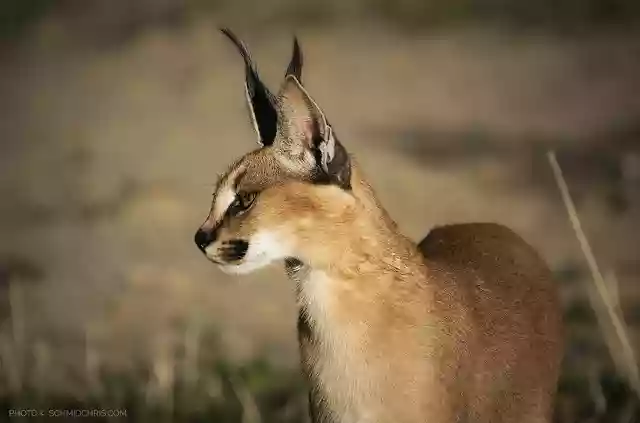
My favorite lenses for wildlife photography is, of course, the Sony 500mm SSM and the Sony FE 70-200mm GM but also the brand new Sony FE 100-400mm. It allows you to reframe your shot quickly without changing the lens. And it’s exactly what you’re able to do with the Sony RX10III and I think it’s its main advantage. You’ve a big zoom from 24 to 600 mm, allowing you to reframe quickly your shot while working at the same distance. But what’s also amazing if the large aperture of f/4.0 when using the camera at 600mm, giving you the same aperture than the big telelens in a very small package.
PC: Did you formulate a plan of what you wanted to do with the RX10 III, or was it a case of pulling it out when you could?
CS: I really wanted to use the camera as much as possible to see how it performs. So I was trying to pull away as much as possible my Sony 500mm and work with the Sony RX10III. But in some situations, I still needed to use my a99II with the 500mm, especially for fast moving subject where I really needed speed.
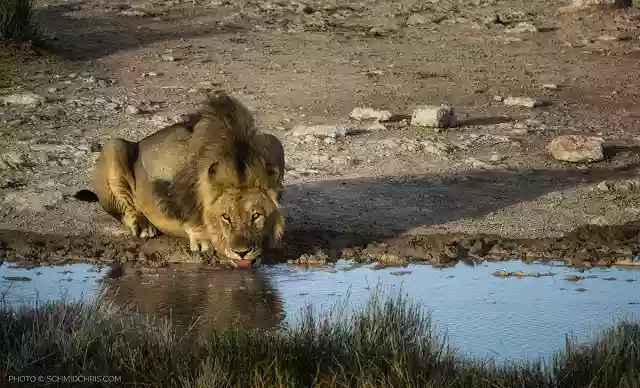
PC: During your time in Namibia, how often did you find you were going for the RX10 III over your pro gear? Did it become your preferred camera at any point or was it just a good backup/secondary camera?
CS: I think it really depended on the situations. It’s really important to know your camera before your assignments, it’s pro and cons, so you know which camera is better to use in a specific situation. Especially in wildlife photography where timing is crucial. I found the Sony RX10III working very well and the zoom was the standout feature for me. I was especially pleased that the image quality was consistently good throughout the whole range – I got great results at 24mm all the way through to 600mm. It’s a very good secondary camera when I’m travelling because it’s light and I can carry with me a 600mm f/4.0. To get 600mm at F4 would normally mean carrying around a lot of weight in lenses and as part of the overall set-up that would cost over €10k. But it could also become my number 1 camera when travelling in risky places and showing up your gear can make in uncomfortable situations.

PC: Can you tell us about what the RX10 III was like to use in the field? Were there any features that stood out for you for shooting wildlife?
CS: Like I said it’s great to have a 600mm in a pocket without carrying kilograms of stuff. But the majority of the bridge camera on the market have a very small aperture when zooming at the max range. The RX10III still give you a fast aperture of f/4.0 at 600mm, allowing you to keep down your ISO while shooting, especially at dawn and dusk where bigcats are the most active. The autofocus is still a bit behind from what you can achieve with a Sony a7rII or a9. It’s still fast and 90% of the time I got really sharp images and fast focus. Backlight or low light images were sometimes a bit challenging for the autofocus system. But by using the camera more and more you learn how it react and you’re able to find solutions.
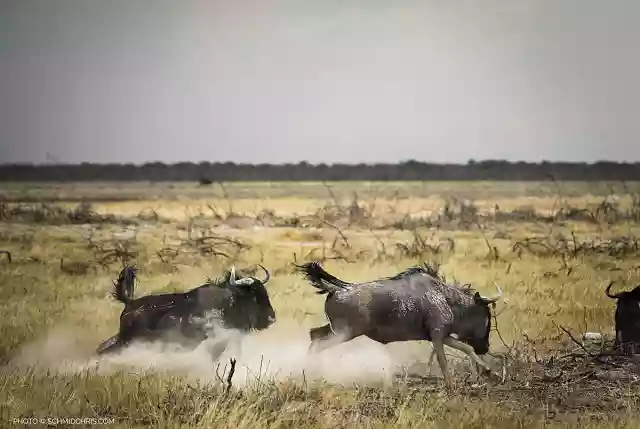
PC: You’re an experienced wildlife photographer, if you’re taking the RX10 Mark III on a safari, wildlife holiday, or even a trip to the countryside for the first time, what advice would you give aspiring nature and wildlife photographers to make the most of this powerful camera?
CS: First of all, it’s very important to know your camera before to live. When you’re in the rush, you won’t have time to spend time searching an option. Don’t be afraid to play with the zoom to compose and recompose your image. For example, I really love to shoot landscapes at 200mm. When you think about landscape photography, you might immediately think of the wide angle zoom lens, which is great for capturing those expansive landscapes and “taking it all in.” But, a telephoto zoom lens can also be helpful when photographing landscapes. You’ll sometimes find that the most pleasing perspective is viewed from a great distance. So, to fill the frame with this perspective, you’ll need to zoom in to it with a longer focal length.
Of course, patience is also very important in wildlife photography, but also perseverance. As a wildlife photographer, you’re gonna spend hours and hours in the bush, dreaming about “THE” shot. You may miss many shots before to get ‘THE ONE’, but never give up. It takes an incredible amount of patience and persistence. A friend advised me a long time ago that it would take 10 years before anyone would even know my name and I think that that was an incredible lesson; to just enjoy the journey and take it one small step at a time.
Shooting as much as you can to develop your eye and establishing a strong portfolio. But every time you press the camera shutter ask yourself why you’re taking that specific picture. If there is no reason don't press it and enjoy the moment. I’m always impressed by photographers shooting at high frame rates each time a leopard turns its face, for example, finishing with hundreds of images. But what was the main goal of the images? What was the emotion they wanted to share? Don’t take a picture just to take a picture, ask yourself what story you want to tell, and you’ll see it’ll be much easier to choose what to capture during your travels. Photography is a fantastic storytelling medium. Whether you’re telling a story with one image, a sequence, a series, or an entire portfolio, the possibilities are endless.
PC: Thank you so much for talking to us, Chris, it sounds like the RX10 III performed amazingly well, and we absolutely love the quality of the images you were able to produce with it.
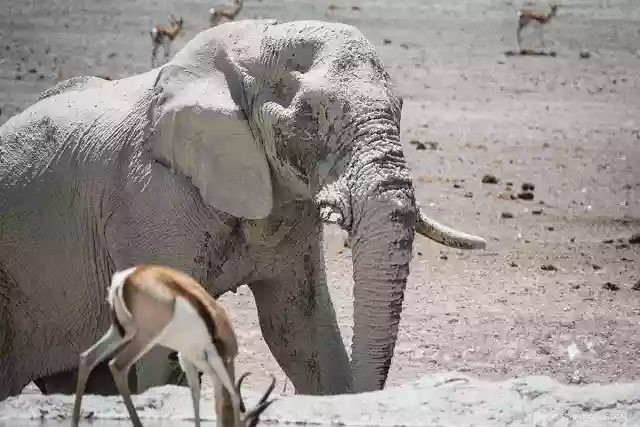
You can see more of Chris' work over on his website, and for more information about the Sony RX10 III or the latest RX10 IV, head over to the website or visit out expert staff in store.
Share this post:
By Park Cameras on 19/10/2017

Trade in your old equipment
Fast and easy trade in service ensures your old gear is collected efficiently and you are paid quickly! It's very simple to trade in your unwanted photography gear. Just head over to our dedicated Sell or Part Exchange page, fill out the details, and we'll get back to you with an offer for your old gear. Take the cash, or put it towards the cost of your new gear. It's up to you! Find out more
sign up to the newsletter
Keep up to date on the latest photography news, events and offers. Sign up now